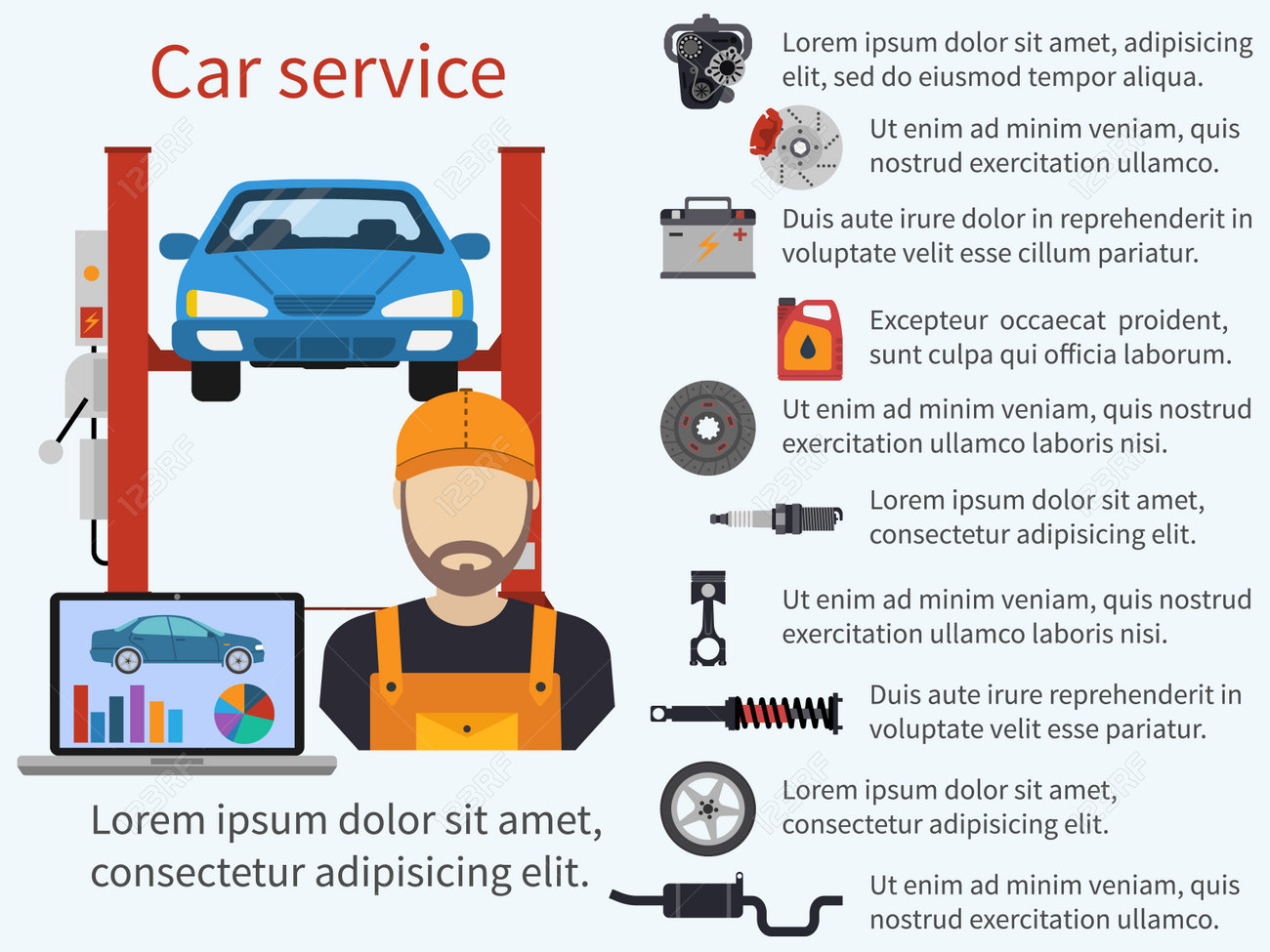Eager To Understand What The Control Panel Caution Lights In Your Auto Represent? Discover Their Significances For The Health And Safety And Security Of Your Vehicle
Eager To Understand What The Control Panel Caution Lights In Your Auto Represent? Discover Their Significances For The Health And Safety And Security Of Your Vehicle
Blog Article
Post Produced By-Lauritsen Forbes
When you lag the wheel, those glowing caution lights on your control panel can be a bit perplexing. Do you recognize what they're trying to inform you concerning your auto's health? Comprehending the importance of these lights is vital for your security and the long life of your vehicle. So, the following time one of those lights pops up, would not you intend to understand its message properly and take the essential steps to address it?
Common Warning Lighting and Interpretations
Determine typical warning lights in your cars and truck and comprehend their meanings to ensure secure driving.
One of the most typical caution lights include the check engine light, which signifies concerns with the engine or emissions system. If this light begins, it's vital to have your lorry examined quickly.
The oil stress alerting light indicates low oil pressure, calling for instant attention to stop engine damage.
A blinking battery light might suggest a defective charging system, possibly leaving you stranded if not dealt with.
The tire stress tracking system (TPMS) light informs you to reduced tire pressure, influencing lorry security and gas efficiency. Disregarding https://edgarpkdyr.thelateblog.com/32651387/exactly-how-can-mobile-automobile-detailing-change-your-car-treatment-experience-while-guaranteeing-high-quality-discover-the-key-factors-to-take-into-consideration-before-picking-a-detailer could cause hazardous driving conditions.
The abdominal muscle light suggests a trouble with the anti-lock braking system, jeopardizing your ability to quit rapidly in emergency situations.
Last but not least, the coolant temperature cautioning light warns of engine getting too hot, which can lead to extreme damage otherwise solved swiftly.
Comprehending these typical caution lights will help you deal with issues promptly and preserve risk-free driving problems.
Value of Prompt Attention
Understanding the common caution lights in your cars and truck is just the very first step; the value of immediately attending to these cautions can't be highlighted sufficient to guarantee your safety and security on the road.
When a caution light brightens on your dashboard, it's your cars and truck's method of interacting a prospective issue that needs focus. Neglecting these cautions can bring about extra extreme troubles down the road, compromising your safety and potentially costing you more out of commission.
cardetailersinauckland to advising lights can prevent break downs and accidents. For instance, a blinking check engine light can indicate a misfire that, if left neglected, can create damages to the catalytic converter. Resolving this promptly can conserve you from an expensive fixing.
Similarly, a brake system warning light could signify reduced brake liquid or worn brake pads, vital parts for your safety and security when driving.
DIY Troubleshooting Tips
If you notice a caution light on your control panel, there are a few do it yourself repairing suggestions you can try prior to looking for professional help.
The primary step is to consult your automobile's guidebook to comprehend what the specific caution light shows. Occasionally the concern can be as basic as a loosened gas cap setting off the check engine light. Tightening the gas cap may deal with the problem.
An additional usual issue is a low battery, which can set off numerous cautioning lights. Inspecting the battery links for deterioration and ensuring they're secure may take care of the problem.
If a caution light persists, you can attempt resetting it by detaching the vehicle's battery for a couple of mins and afterwards reconnecting it. In addition, examining your car's liquid levels, such as oil, coolant, and brake fluid, can help troubleshoot alerting lights related to these systems.
Final thought
Finally, comprehending your cars and truck's warning lights is necessary for keeping your car running efficiently and securely. By quickly dealing with these alerts and recognizing what they imply, you can avoid costly repair work and prospective breakdowns.
Remember to consult your car's handbook for particular details on each warning light and take action accordingly to ensure a hassle-free driving experience.
Keep educated, stay secure when driving!
